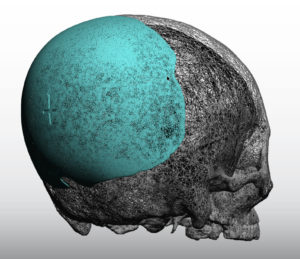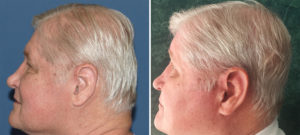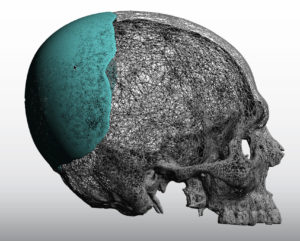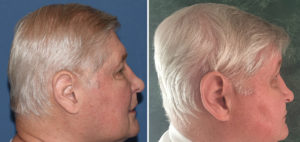Of all aesthetic skull reshaping surgeries in adults, correction of the flat back of the head is the most common. It is a skull shape deformation that is shared equally by women and men as well as crosses all ethnicities. It can be a complete flattening across the back of the heador it can be an asymmetric occipital flattening from plagiocephaly.

The amount of skull augmentation that can be done on the flat back of the head is partially dependent on the amount that the scalp can stretch over it. When this becomes a limiting factor a first stage scalp expansion can be done using a tissue expander. With this two stage approach up to 25mms of central occipital augmentation can be achieved. This number may not sound like much util you consider the entire surface area of the back of head covered by such an implant that was around its sides.

Dr. Barry Eppley
Indianapolis, Indiana




